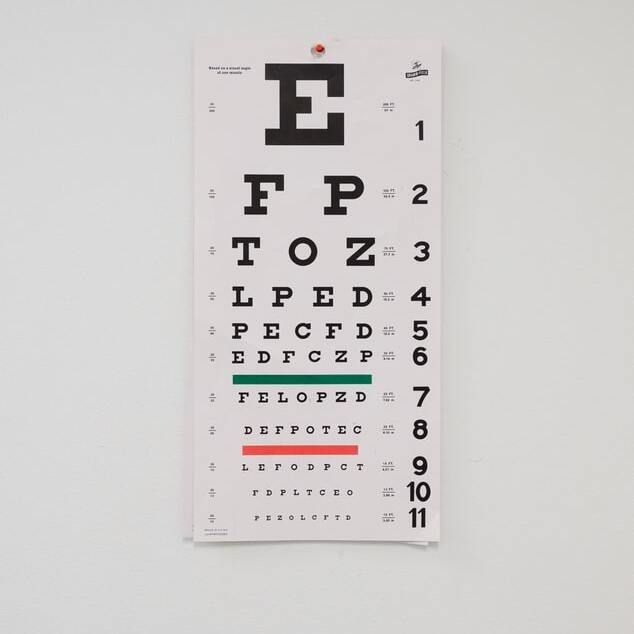Delaying Anti-VEGF Treatment for DME Likely to Worsen Visual Outcomes
The majority of patients with a treatment gap longer than 12 weeks had worsening visual acuity, notes a new ARVO study.

A new study presented at the Association for Research in Vision and Ophthalmology (ARVO) Virtual Meeting demonstrates potential risks of delaying anti-VEGF treatment in patients with diabetic macular edema (DME).
“As per the Royal College of Ophthalmologists of the UK guidelines during the 2020 COVID-19 pandemic, in an effort to reduce injection and clinic visit frequency, and to minimize the risk of exposure of patients and healthcare staff, many patients attending the eye unit had their appointments and treatment postponed,” explained the UK-based researchers.
As was typically common across the board in healthcare, patients were prioritized according to clinical need.
A team led by Abeir Baltmr, MD, thus conducted a cross-sectional study at a single-center hospital clinic in order to assess the impacts of these delays and postponements on disease course and visual markers.
They evaluated all patients (n = 199) with DME who were treated with anti-VEGF between January 1, 2020 and September 9, 2020. Individuals had active DME with corresponding anti-VEGF treatment 12 weeks prior to the country’s lockdown.
The investigators excluded those without any follow-up visits and/or who received other intravitreal treatments.
In their analysis, they utilized retrospective patients data from their electronic medical record system as well as Topcon 3D Optical Coherence Tomography (OCT) scans. Data of interest were demographic details, data of treatment and review, best corrected visual acuity (BCVA) in LogMar and central macular thickness on OCT prior to and following gap in treatment.
Overall, Baltmr and team reported an average treatment gap of 16.5 (range, 8.0 – 32.3) weeks across the population. Furthermore, 47 patients had an 8 - <12-week gap, 103 patients had a 12-16-week gap, and 126 patients had a >16-week gap.
Up to 32 eyes showed improvement in disease, regardless of treatment gap, and thus were taken off treatment regimen. However, 5 eyes showed progression of their retinopathy to proliferative.
“This may not be representative as those with severe non-proliferative diabetic retinopathy and proliferative diabetic retinopathy were less likely to have treatment delayed,” the investigators noted.
Even more interestingly were the significant differences in baseline vision between the 3 treatment gap cohorts—thus confirming that those with poorer vision were more likely to be prioritized for review. Even more, patients with a longer gap in treatment (>12 weeks) were more likely to experience worsening visual outcomes, as noted by worsening visual acuity.
For example, patients with an 8 - <12-week gap experienced a median BVCA improvement from 0.52 at baseline to 0.48. Patients with a 12-16-week gap worsened from 0.32 at baseline to 0.42. And finally, patients with a >16-weep gap worsened from 0.22 to 0.31.
Nevertheless, there was no significant deterioration in OCT thickness following delayed treatment.
“This needs further investigation and may indicate slow increase in edema, patient selection, or timing and quality of the OCT scans,” Baltmr and colleagues wrote.
The study, “Delaying Anti-VEGF treatment for diabetic macular oedema during the pandemic- effect on vision and anatomical outcomes,” was presented at ARVO 2021.